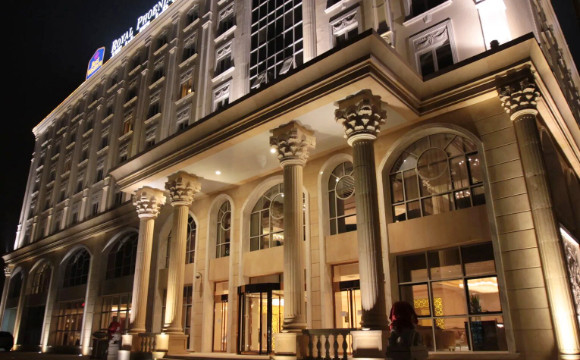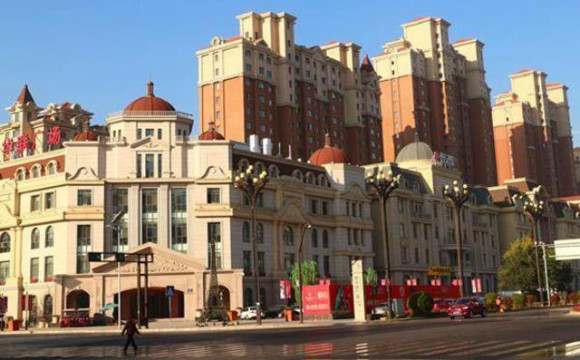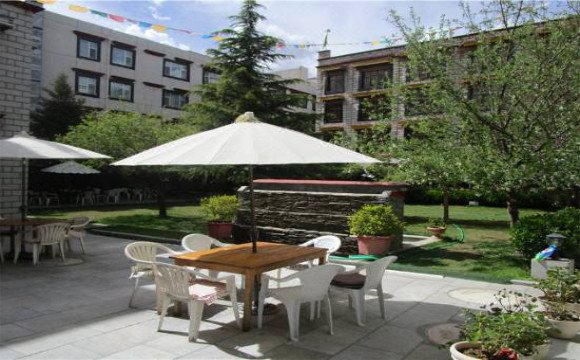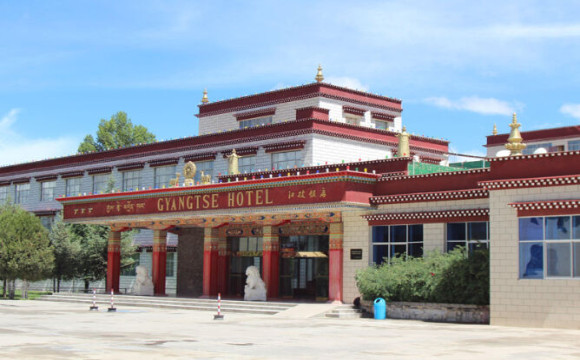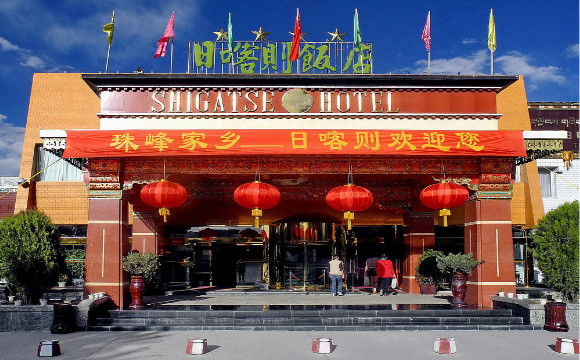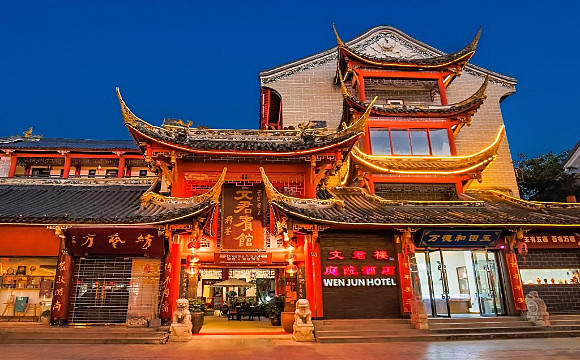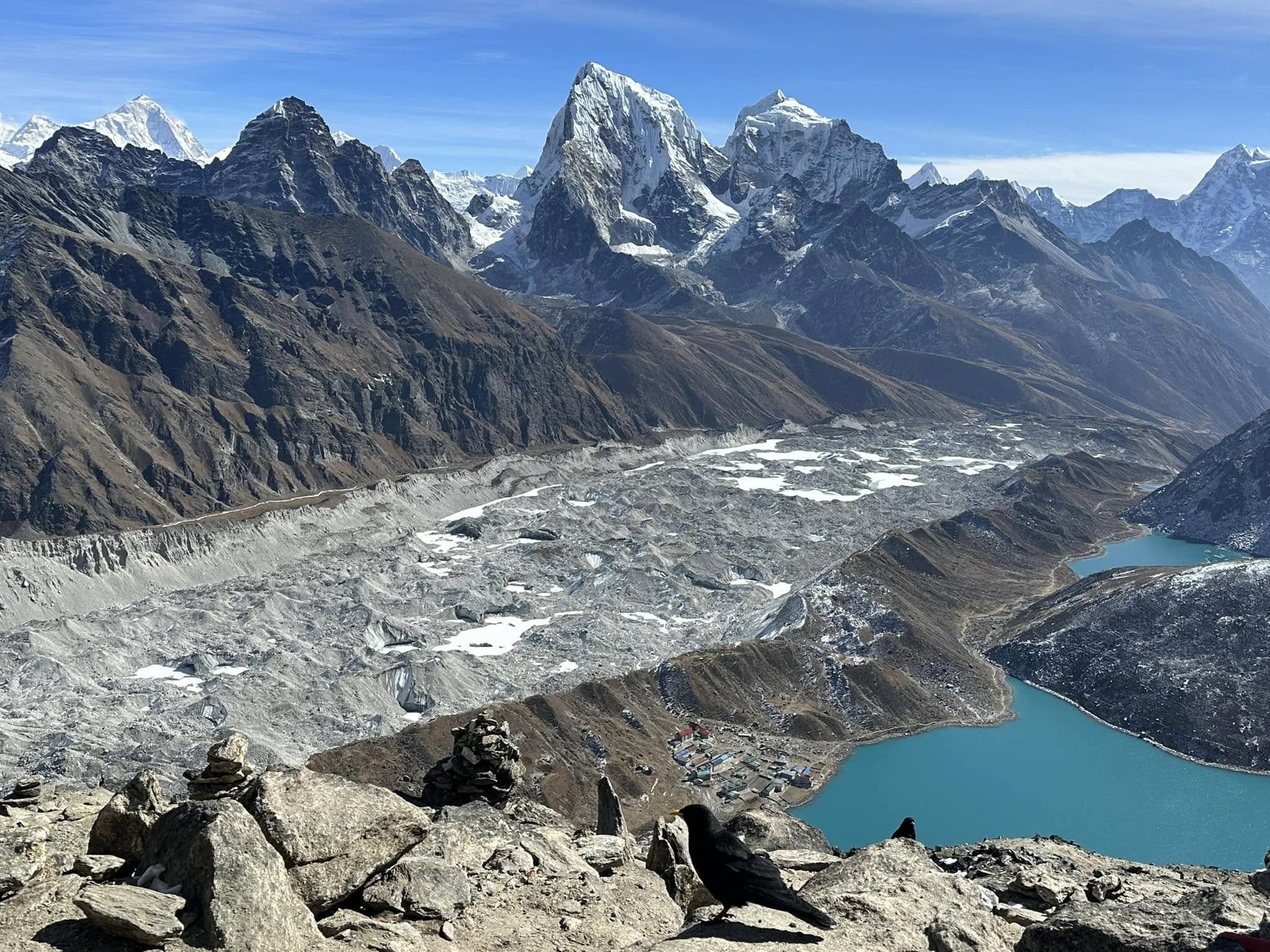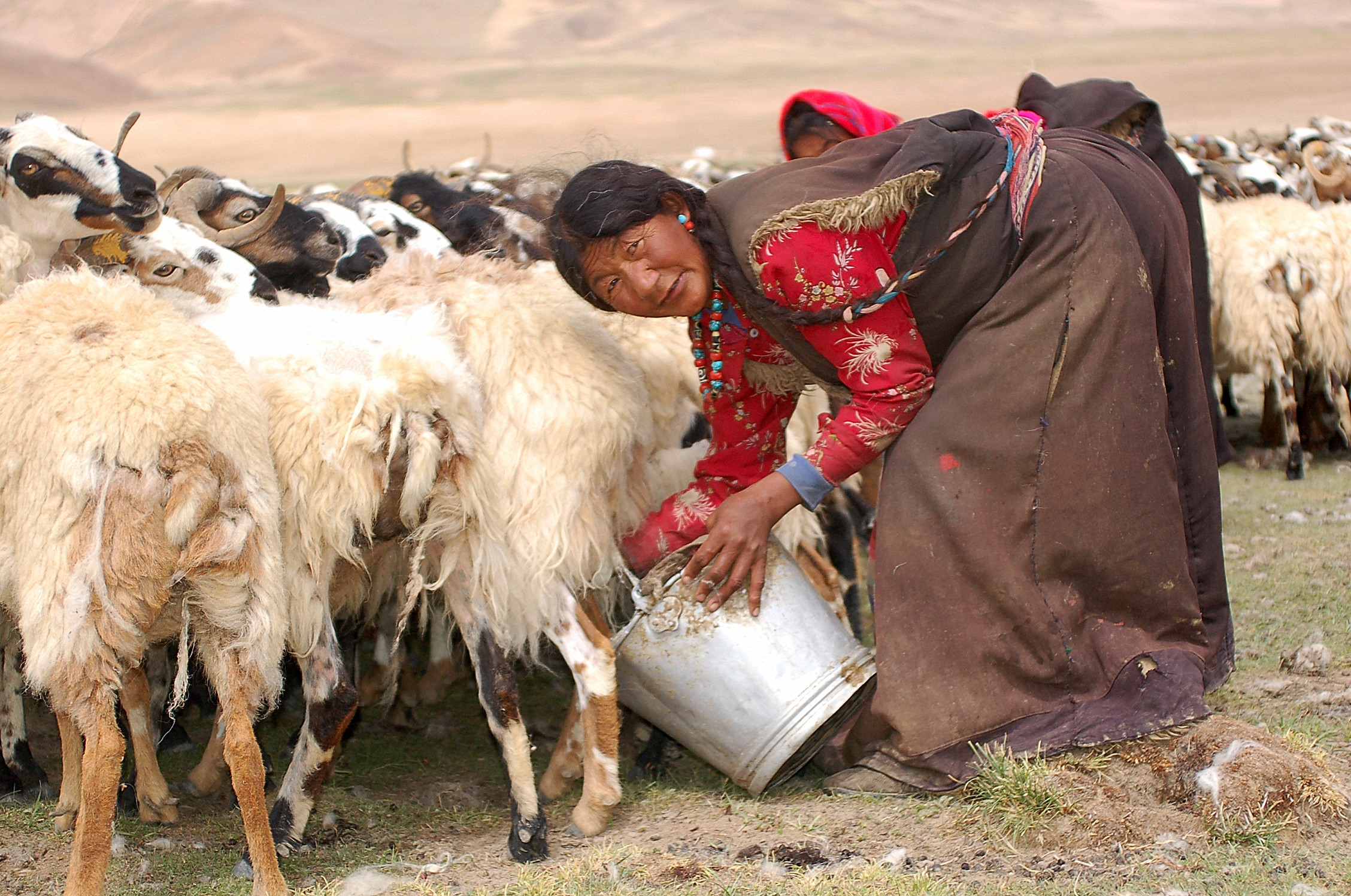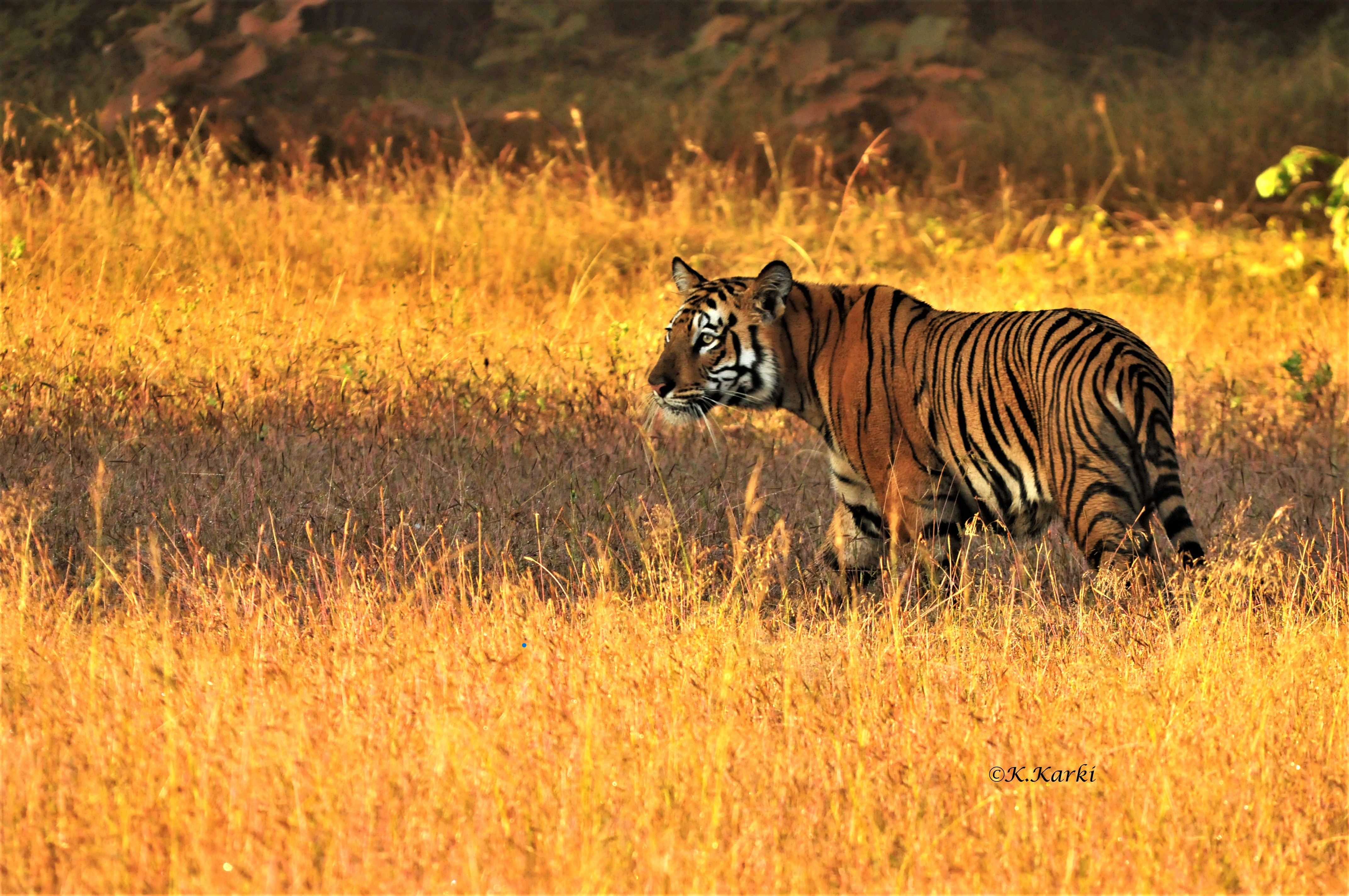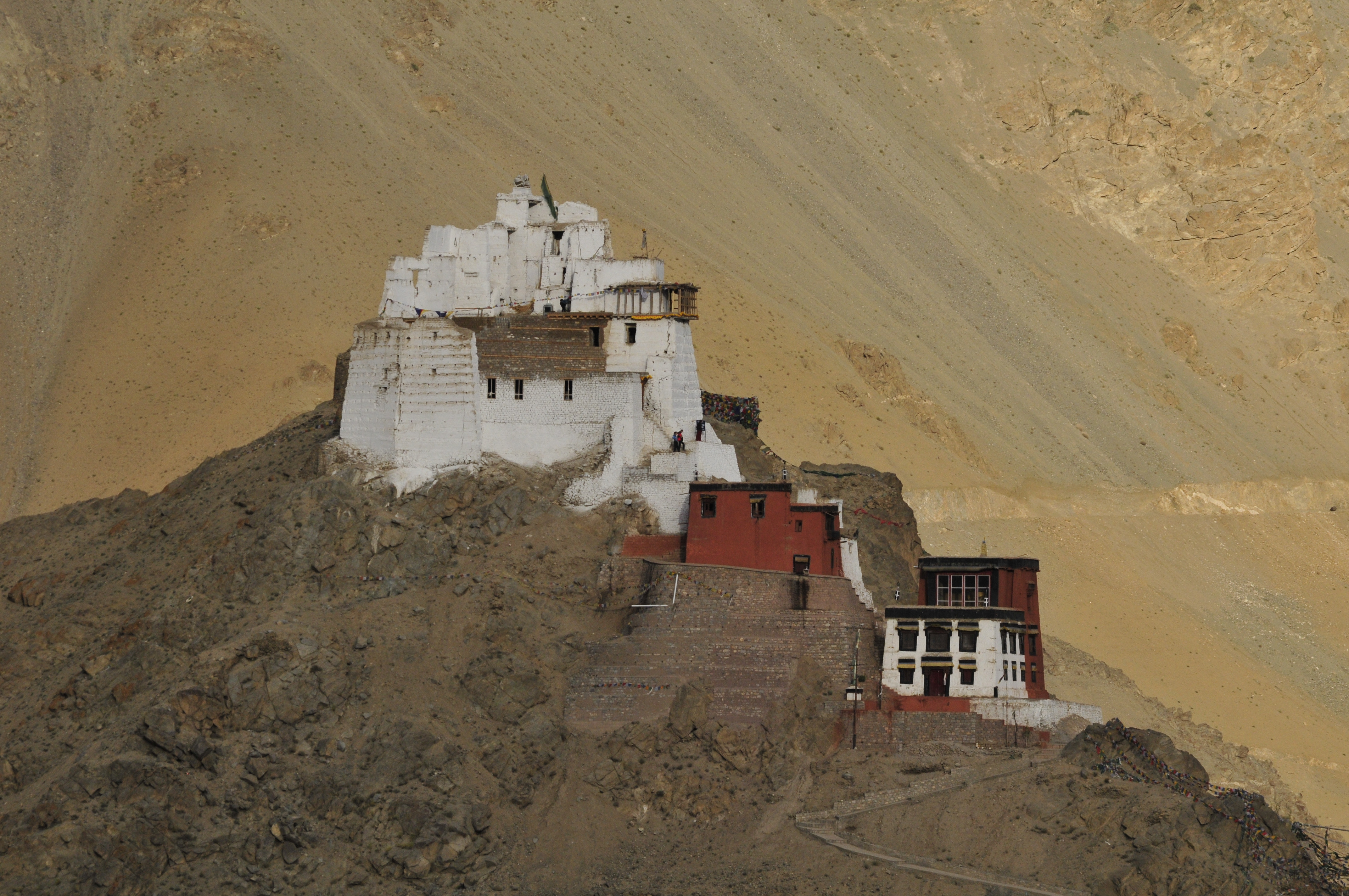Roof of the World & the Giant Pandas!
Highlight
- Bejing City tour
- The Great Wall of China
- Train Journey from Bejing to Xining on a World’s highest railway, across some of the most fascinating terrain on earth
- Spectacular flight from Xining to Lhasa – the heart of Tibet and highest city on earth.
- Step inside and experience life as the “mountain people” live, in the roof of the world
- Giant Panda Breeding Centre in Chengdu
Trip Facts
Start & End Point
Beijing/Chengdu
Duration
14D/13N
Best Time
Spring/Autumn
Grade
Easy to Moderate
Activity
Cultural Adventure
Accomodation
3-4* Hotel, Onboard Train
Meals
13 Breakfasts, 10 Dinners
Max. Elevation
3950 m
Itinerary
Welcome to China! Upon arrival in Beijing a HIM-NAT guide/representative will be at the airport to greet and take us to our hotel. Please look out for your name-card once you exit out of arrival area.
Lunch in a local restaurant followed by the guided tour to the Forbidden City - the world largest imperial palace housing 9999.5 rooms, then proceed to Tian’anmen Square – also it is the largest city square in the world covering a total space of 44 hectares. We will go out for dinner in a nice local restaurant to enjoy the Chinese delicacies.

Accommodation
Royal Phoenix Beijing
Meals
Dinner
Maximum Altitude
30 mAfter Breakfast in the hotel, we will head for a day excursion to the Great Wall of China, which extends over 8000 kilometers from the Pacific to the Gobi Desert. Great Wall, the image of China throughout the world, lives up to its reputation, as one of the Eight Wonders of the World. It was built ever since 221 BC by the first emperor of China.
Here, we will take the opportunity to go for a short trek starting from Jingshanling and ending at Gubeikou. This short trek from the Jinshanling Great Wall to the Gubeikou Great Wall takes about 3 hours allowing us to see & enjoy the authentic Great Wall and avoid crowds, giving us the chance to admire and enjoy the environment and details of the Wall. We will meet our transportation at the foot of the Gubeikou Great Wall to transfer us back to our hotel. We will go out for a nice dinner (Peking Duck recommended) in a local restaurant followed with the fabulous Kungfu Ballet in the Red Theatre (optional).

Accommodation
Royal Phoenix Beijing
Meals
Breakfast, Dinner
Maximum Altitude
visit the Summer Palace – the greatest imperial garden in China followed with the Lama Temple (Yonghe Temple; Yonghe Lamasery). Lama Temple is the largest and best-preserved lamasery in Beijing. It was built in 1694 during the Qing Dynasty (1644-1911) as the residence of the Emperor Yongzheng (the third emperor of the Qing Dynasty) before he ascended the throne. In the year 1744, the residence was completely converted into a lamasery. So this resplendent architectural complex is endowed with the style of an imperial palace, making it distinctive from others.
Late in the afternoon, we will then undertake the “Hu Tong Tour” by Rickshaw to experience the real life of the Beijing local people followed with a nice local dinner.

Accommodation
Royal Phoenix Beijing
Meals
Breakfast, Dinner
Maximum Altitude
Today afternoon, we will take an overnight train from Beijing to Xining. But before our departure, we have some free time. Therefore a short visit to the Temple of Heaven in the morning is a worthwhile place in Beijing. It is much bigger than the Forbidden City and smaller than the Summer Palace with an area of about 2,700,000 square meters. The Temple was built in 1420 A.D. during the Ming Dynasty to offer sacrifice to Heaven. As Chinese emperors called themselves 'The Son of Heaven', they dared not to build their own dwelling, 'Forbidden City' bigger than a dwelling for Heaven.
After lunch, we will drive to Beijing Railway Station to take afternoon train to Xining leaving at 13:59 hrs and arriving Xining at 13:47 hrs the following day. Overnight on board.

Accommodation
Onboard train
Meals
Breakfast, Dinner
Maximum Altitude
2,300 mWe arrive Xining Railway Station in the afternoon. Upon arrival, we will be met at the airport and guided transfer to our hotel Jin Jiang Inn.
( Xining - Since July 1st, 2006, Qinghai-Tibet Railway has been opened to public and amazed thousands upon thousands of people around the world. World's highest railway, across some of the most murderous terrain on earth, miles upon miles of remote Tibetan plateau blanketed in permafrost, or even peak at altitude of 17,000ft., come on, let us just take the train travel to experience the unique scenery and landscapes...!)
Xining is the capital and largest city in Qinghai province and once a major hub along the northern Silk Road. Xining, like Lanzhou, Changsha and the other provincial capitals, is a pretty generic Chinese city. But like the province it represents, Xining definitely reflects the greater ethnic diversity of western China. The monstrously huge mosque is surrounded by a lively Muslim quarter. The city’s largest market sells a vast array of local snacks, some quite different from anything elsewhere in China. Xining Provincial Museum and Tibetan Traditional Medicine and Art Museum have decent exhibits of Tibetan art and cultural heritage values. Many tourists will end up in Xining only in transit to another destination.
To make ourselves familiar with Tibetan culture & traditions, we visit Tibetan Traditional Medicine and Art Museum in the afternoon. Established on Sept.9th, 2006, the Chinese Tibetan Medicine Cultural Museum is currently the only Tibetan medicine museum in the world. It exhibits and protects the relics of Tibetan cultural heritage. Its collection holds over 2,000 varieties of plant, animal and mineral specimens in addition to 180 Tibetan surgical instruments some of which date back almost 1,300 years. The collection also holds 1,000 volumes of ancient literature and a display of Tibetan cultural art created by 300 artists over 4 years. Exhibition rooms include the Mantang Instrument Hall, Ancient Literature Hall, Specimen Hall and Tibetan Cultural and Art Colored Painting Hall.

Accommodation
Jinjiang Inn
Meals
Breakfast, Dinner
Maximum Altitude
2,300 mWe take a spectacular flight, on a China Airlines, to Lhasa which takes 2 hours 15 minutes. After landing at Gonggar Airport and meeting our Tibetan guide, it is 45 minutes more to Lhasa city through the new tunnel.
Lhasa, the heart and soul of Tibet and one of the highest cities on earth at 3,595 m /11,450 feet; Lhasa is also the most populous city on the Tibetan Plateau. Home of the Dalai Lamas and historic Potala Palace, the city reveals modern influences and a beautiful dichotomy between past and present. Spend the remainder of your day acclimatizing due to Lhasa's altitude.

Accommodation
Kyichu Hotel
Meals
Breakfast, Dinner
Maximum Altitude
3,595 mThis morning, make the pilgrimage to the vibrant Ani Tsangkung Nunnery where cheerful nuns bustle about. Next, discover the spiritual heart of Tibet and thick scent of incense at the sacred Jokhang, a 1,300-year-old temple housing Tibet’s most revered golden Buddha. After lunch, wander Lhasa’s Barkhor Bazaar, selling all manner of exotic goods. In the evening, travel just outside the city to the renowned Sera Monastery where you witness lively “monk debates.” Later, discover the Dalai Lama’s former summer residence at Norbulingka, a 99-acre enclave of gardens, ponds and palaces.

Accommodation
Kyichu Hotel
Meals
Breakfast, Dinner
Maximum Altitude
3,650 mAfter breakfast, visit Sanggye Dhunghor (One Thousand Buddha Cliff), where more than 200 statues are carved into a dramatic rock face, including that of Buddha Akshobya. Next, venture beyond the towering walls of the incredible Potala Palace, a 13-story architectural masterpiece and the former winter residence of the Dalai Lama and a UNESCO World Heritage celebrated for its priceless treasury of Buddhist artifacts and bejeweled tombs of past Dalai Lamas. The Potala was also the tallest building in the world for 200 years following its construction in 1645. Enjoy the rest of your day at leisure to explore more of Lhasa or to rest at your hotel.

Accommodation
Kyichu Hotel
Meals
Breakfast, Dinner
Maximum Altitude
3,650 mThe real adventure begins today. Travel along picturesque Friendship Highway crossing over Karo la (5,010 m), Kambala (4,794 m) colorful Yamdrok lake and the Tibetan country. Appreciate the majestic views of Yamdrok lake, a deep blue body of water renowned for its unique beauty, and the Nazin Kang Sang glacier standing proud at 7,252 m. Driving about 261 km, you will enter the town of Gyantse, a stunning example of a traditional Tibetan village filled with beautiful stone farmhouses. Gyantse is the third largest city in Tibet and it’s also known as the granary of Tibetan plateau.

Accommodation
Gyantse Hotel
Meals
Breakfast
Maximum Altitude
3,950 mThis morning, venture the jewels of Gyantse, the Gyantse Dzong and the Kumbum monastery. Gyantse Dzong is a historical fort built in the 14th century, and overlooks Gyantse and the surrounding Nyang Chu Valley. The Kumbum rises 35km above the town, and is crowned by a golden dome. The grounds boast a chorten (stupa), several chapels and a stunning collection of Tibetan Buddhist murals, which inspired the name of the complex. The word ‘Kubum’ means 100,000 images in Tibetan. After lunch, take a 90 km drive to Shigatse. Enroute, stop at Shalu monastery; the structure embodies the Han, Tibetan and Indian styles of architecture. Following a brief look at Shalu, the journey continues to Shigatse, the second largest city of Tibet with perhaps the best preserved but controversial monastery, the Tashilhunpo gompa. Tashilhunpo Monastery of Gelugpa order, home to the Panchen Lama, is one of the largest functioning monasteries in Tibet. The main chapel - Maitreya Chapel posses a giant 26 meter high sculpture of Maitreya Buddha (the future Budhha).

Accommodation
Tashi Chueten or Manasarover Hotel
Meals
Breakfast
Maximum Altitude
3,900 mThis morning we will explore the local market and venture the Tashilhunpo Monastery of Gelugpa order, home to the Panchen Lama, is one of the largest functioning monasteries in Tibet. The main chapel - Maitreya Chapel posses a giant 26 meter high sculpture of Maitreya Buddha (the future Budhha).
Thashilumpu Monastery is the seat of Panchen Lama, founded in 1447 by Gedun Drup, the first incarnation of Dalai Lama and a disciple of Tsong Khapa. It is the largest monastery in Xigatse proper, which once housed almost 4000 monks. We return to our hotel for lunch. Rest of the day free for individual activities.

Accommodation
Xigatse Hotel
Meals
Breakfast
Maximum Altitude
3,840 mAfter our leisurely breakfast we drive back to Lhasa airport. The section from Shigatse to the airport is around 260 kilometers, following the main road route to Gonggar airport . The main route travels along the the Yarlung Zangbo River until the confluence of the Kyi Chu and passing through Nyemo County and Rinbung County to the airport.
We will take afternoon flight to Chengdu. Upon arrival at the Chengdu, we will be met at the airport by our local representative will bring us to our hotel Wen Jun where our rooms are booked. Hotel Wen Jun is nice comfortable hotel located in an ancient street and just few minute walk to Bai Hua Tan Park. If we are fit might go for birding around the park area or simply stroll around and recover from High altitude!

Accommodation
Hotel Wenjun
Meals
Breakfast, Dinner
Maximum Altitude
500 mToday we will check out early in the morning to visit the famous Panda Breeding Center. The giant pandas are not only a Chinese national treasure but are also beloved by people the world over. They are found only in Sichuan, Shaanxi and Gansu provinces. In total there are fewer than 1000, of which 80% are distributed within the territory of Sichuan province. Therefore, when visitors from home and abroad come to Chengdu, Sichuan Province one of their main objectives will be to see the giant pandas for themselves.
The Chengdu Panda Breeding Research Center has been created and imitated the pandas' natural habitat in order that they might have the best possible environment for rearing and breeding. The Center cares also for other rare and endangered wild animals. The Research Center covers an area of 560 mus (92 acres), 96% of which is verdure. Giant pandas, lesser pandas, black-necked cranes, white storks as well as over 20 species of rare animals are fed and bred there throughout the year. Verdant bamboo, bright flowers, fresh air, a natural hill scene and a beautiful artificial view are merged ingeniously at the base.

Accommodation
Hotel Wenjun
Meals
Breakfast, Dinner
Maximum Altitude
450 mTransfer to airport for your homeward-bound flight.

Accommodation

Meals

Maximum Altitude
Date & Cost
Price: US$ 2,450 per person (Twin Sharing| Based on Minimum 4 Travelers)
Single Supplement: US$ 495
Include
- Airport (pick up/drop off) transfers by private A/C vehicle
- Twin-Sharing accommodation in all Hotel/Inn as mentioned
- Daily breakfast throughout the trip, other meals as mentioned in the itinerary
- Beijing-Xining train fare
- All sightseeing and long distance transportation in private air-condition vehicle
- Entrance fees & permits as needed for monuments & monasteries,
- All applicable government taxes
Exclude
- International flight tickets
- Visa fee
- Travel insurance & vaccinations
- Meals not mentioned in the itinerary
- Personal clothing & equipment
- Tips for trip leader/guide, driver, hotel staff and porters
- Items of personal nature such as alcoholic beverages, soft drinks, laundry, showers and other unforeseen expenses
- Items/services not listed in "included"
- Extra expenses/payment for 'Optional’ activities/programs if opted in
